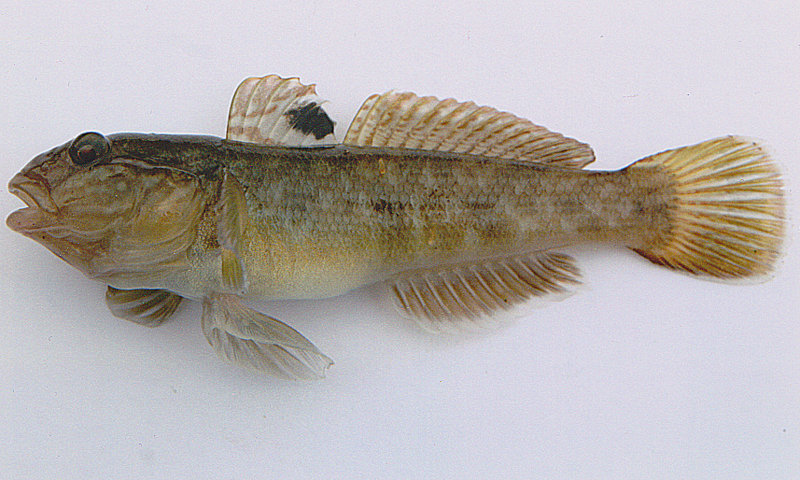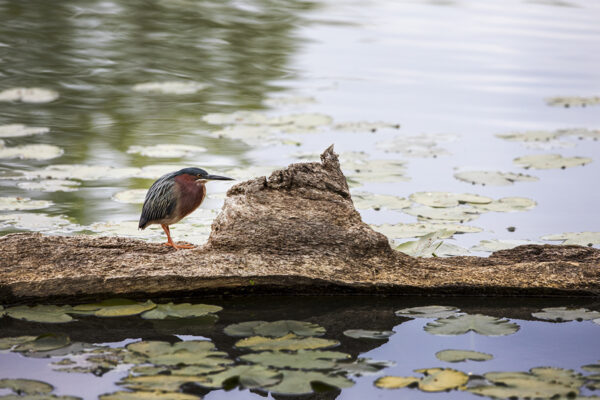Kara Andres, a postdoctoral research associate with the Living Earth Collaborative at Washington University in St. Louis, has co-authored a study that used trace DNA in water samples to track populations of invasive fish in the Great Lakes. The study was recently published in PNAS.

The study included analysis of environmental DNA, or eDNA, a term for the tiny bits of genetic information that drift in water and float through the air. Water samples from the environment — oceans, lakes and other bodies of water — can contain genetic information from wildlife, even if they have never been seen or captured. As Andres explained, fish leave trails of DNA wherever they swim. “Fish are pretty slimy,” she said. “They also lose DNA when they excrete waste, engage in reproduction or shed scales.”
In this project, conducted when Andres was a graduate student at Cornell University, researchers collected eDNA from a series of waterways (including four Great Lakes) to monitor populations of round goby (Neogobius melanostomus), a small bottom-dwelling fish native to Central Eurasia. In the Great Lakes, the fish is a major nuisance that threatens native species.
The eDNA confirmed the presence of round gobies in all of the sampled lakes but one, New York’s Seneca Lake, where no known populations of the fish exist. Importantly, the information in the eDNA was detailed enough to provide insights into the genetic diversity and structure of the underwater communities. The researchers found that the estimates gleaned from eDNA roughly aligned with the estimates made by genetic analysis of tissues from captured fish, a more traditional approach to learning about population genetics.
“The purpose of this study wasn’t necessarily to learn anything novel about the genetics of round goby populations because they are already well known,” Andres said. “We wanted to show that we could find these same patterns with eDNA, which could be an important tool going forward.”

In theory, eDNA from water samples could be widely used to monitor waterways for invasive species or to track the health of threatened and endangered species. The same basic approach used for round gobies in Lake Michigan could be adapted to count the exact number of endangered right whales in a particular part of the North Atlantic, for instance.
In a similar vein, other researchers and conservationists are studying eDNA collected from the air or animal tracks in sand and snow. Such signals could potentially revolutionize methods for tracking wildlife.
Andres has continued her research into eDNA at WashU, although her focus has shifted slightly. Now she’s collecting samples from the Meramec River and other local waterways to search for genetic traces of microbes. It’s part of a larger project to study how microbial communities affect the success of invasive species. In such studies, she isn’t exactly focused on fish DNA. “But if it shows up, I’ll probably take a peek,” she said.
Originally published on The Ampersand website.
Andres, KJ, Lodge, DM and Andrés, J. Environmental DNA reveals the genetic diversity and population structure of an invasive species in the Laurentian Great Lakes. Proceedings of the National Academy of Sciences. Sept. 12, 2023. DOI: 10.1073/pnas.2307345120.


